It is one thing talking about why we need a healthy heart, (read it here in case you missed out the last time), and it is another to put in place strategies of how you can prevent, improve and maintain quality heart health. Do not get worked out about it, I am here to give you a lot of what you can do to achieve this, are you ready?
Unlike before, with modern science it has become possible to prevent cardiovascular diseases, diabetes, and their complications of heart attacks, strokes, heart failure by understanding the risk factors we can control and those we cannot, then finding the best way to go about these. I talked about these factors in my last article.
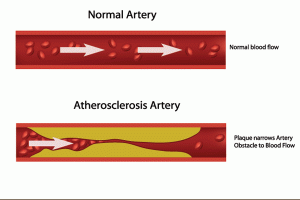 An example of cardiovascular disease is atherosclerosis which is the thickening or hardening of the arteries caused by a buildup of plaque in the inner lining of an artery. It often has no symptoms until a plaque ruptures or the build-up is severe enough to block blood flow thus the need to be cautious of our heart health before it is too late.
An example of cardiovascular disease is atherosclerosis which is the thickening or hardening of the arteries caused by a buildup of plaque in the inner lining of an artery. It often has no symptoms until a plaque ruptures or the build-up is severe enough to block blood flow thus the need to be cautious of our heart health before it is too late.
8 ways to prevent and maintain a healthy heart
-
Exercise

Being physically active is one of the most effective tools for strengthening the heart muscle, keeping your weight under control, and warding off the artery damage from high cholesterol, high blood sugar, and high blood pressure that can lead to heart attack or stroke.
An article from John Hopkins Medicine recommends three kinds of exercises that boost heart health including;
- Aerobic (cardiorespiratory) – improves circulation, which results in lowered blood pressure and heart rate.
Daily, a minimum of 30 minutes and optimally 60 to 90 minutes, alternating moderate-intensity days with vigorous-intensity days. Examples include brisk walking, running, swimming, cycling, playing tennis, and jumping rope.
2. Resistance (strengthening) – For people who are carrying a lot of body fat (including a big belly, which is a risk factor for heart disease), it can help reduce fat and create leaner muscle mass.
Full-body resistance routine 2 to 3 times weekly, working out with free weights like hand weights, dumbbells, or barbells), using resistance bands or through body-resistance exercises, like push-ups, squats and chin-ups.
3. Flexibility (stretching & balance) – these benefit musculoskeletal health, which enables you to stay flexible and free from joint pain, cramping, and other muscular issues. (remember the heart too is a muscle).
Stretching exercises daily to enhance overall flexibility and ability to exercise more freely.
-
Lose that excess fat especially the belly fat
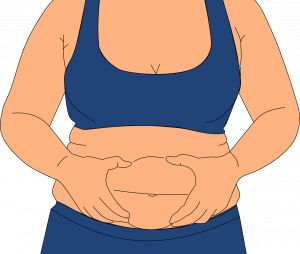
As our bodyweight rises, so does our risk for plaque build-up in our arteries and a heart attack.
Being overweight is linked with several major risk factors for heart disease, particularly high blood pressure, type 2 diabetes, and bad forms of cholesterol. Obesity also can lead to heart failure, a very serious condition in which the heart is incapable of pumping enough blood to meet the body’s needs.
Some studies indicate that fat in the belly doesn’t just sit there, taking up space. It pumps out chemicals like cytokines that trigger chronic inflammation throughout the body. Chronic inflammation is thought to be one of the major factors linking obesity to various life-crippling diseases, including heart disease.
The more belly fat you have, the more fat-storage hormones you produce, and the harder it is to lose weight. Focus on foods like whole fruits, vegetables, water-rich whole grains, and beans that naturally keep daily calorie intake low. You’re achieving satiety, or fullness, without going overboard on calories.
Do your best to achieve/maintain a BMI (body mass index) between 18.5 and 25. Your BMI is a measure of body fat based on height and weight. To calculate your BMI, go HERE.
Maintain a waist circumference (measured horizontally at the belly button) of less than 35 inches in women and less than 40 inches in men. This will help you to keep tabs on your belly fat.
-
Lower the LDL cholesterol and increase the HDL
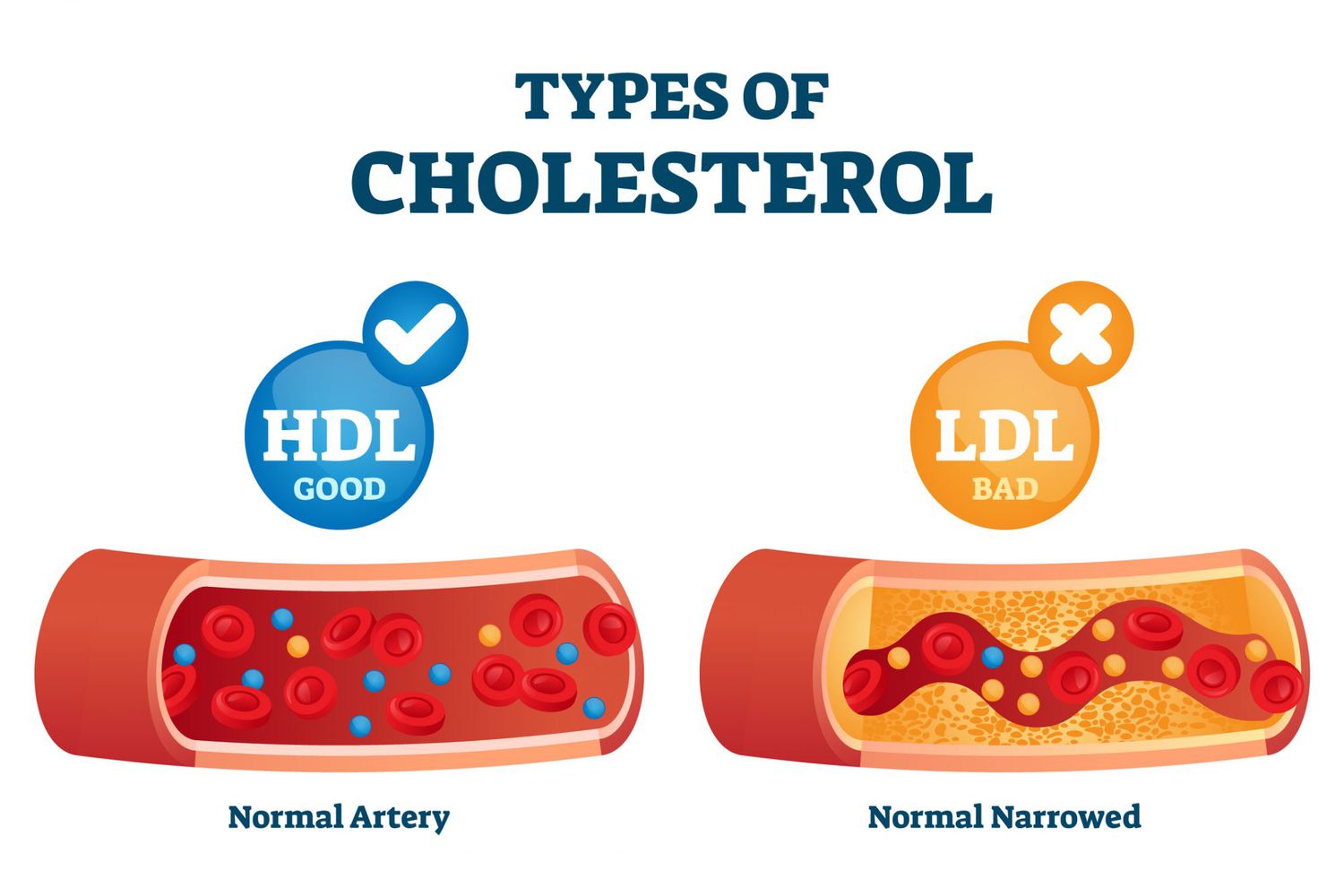
There are two main types of cholesterol: high-density lipoprotein (HDL) and low-density lipoprotein (LDL). Lipoproteins are made of fat and proteins. Lipoproteins are the vehicle through which cholesterol is able to move through your body.
HDL alias “good cholesterol” transports cholesterol to your liver to be expelled from your body. HDL helps rid your body of excess cholesterol so it’s less likely to end up in your arteries.
LDL alias “bad cholesterol” on the other hand, takes cholesterol to your arteries, where if taken in excess may lead to a buildup of plaque known as atherosclerosis as described earlier increasing the risk of blood clots in your arteries. If a blood clot breaks away and blocks an artery in your heart or brain, you may end up with a stroke or heart attack.
-
Quit the puff and start life

Smoking has a very big impact on your heart health as well as your whole life. Heart disease, breathing problems, lung cancer, kidney cancer, emphysema are all life-threatening conditions that are a direct result of smoking. Look for a physician and talk about how to quit and do not try if you don’t already. Replacement addiction is one of the popular ways to apply
-
Pay attention to your blood pressure

Lower your Resting Blood Pressure To Below 120/80.
It is vital that you keep your blood pressure under control because the higher your blood pressure, the greater your risk of heart attack, stroke, congestive heart failure, kidney disease, impotence, loss of mental function, and dementia.
If you are already hypertensive, you will need to adopt a heart-healthy lifestyle which is most of the things we are talking about in this article, and also adopts a DASH diet. (Come back next Wednesday, we shall be talking about it in more detail). If you are not yet a candidate for hypertension, I doubt you would want to subscribe, so do all the things we mention here and more.
-
Prevent or control diabetes
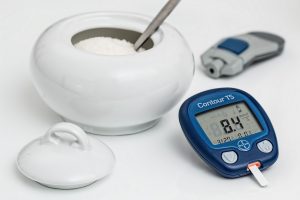
Did you know that heart attacks occur two to four times more often in people with diabetes compared to non-diabetics and strokes two to four times more often? This should be more than enough reason for one to prevent or control diabetes to save their heart and life. It is unfortunate that the aggressive advertisement of fast and convenient foods, as well as sedentary environments, have left us grappling with epidemic rates of type 2 diabetes. The good news is, information is power and we can do better for ourselves and our children. So I challenge you to give thought to what you put on your plate or what you put in your child’s lunch box for school.
-
Reduce inflammation
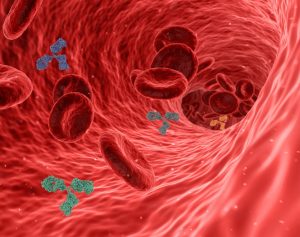
Chronic inflammation in our bodies is often caused by excess bad cholesterol and other lifestyle-related conditions like high blood pressure, high blood glucose, being overweight, and smoking.
Inflammation often leads to the formation of fatty streaks throughout our arteries, which can eventually lead to plaque build-up, heart attacks, and strokes. While binging on fried foods, have this at the back of your mind. A reduction on how many fried dishes you can have is a good place to start. Look out for recipes with alternative cooking methods like grilling, boiling, steaming name it.
-
Have stress-odometer

Your business has suffered a major setback. The president has declared a 42-day lockdown. Your car has just been broken into. Your lover just stood you up.
How do you react to each of the above? Are you calm or crazy? When life’s hurdles slap your face down, it can contribute to everything from high blood pressure to irritable bowel syndrome. In addition, stress can lead to behaviors that increase heart disease risk, such as smoking, emotional eating name it. It is important to map out your stress management strategy so that it is managed naturally. Make use of positive company who will be your second brain when yours is corrupted during that time.
In conclusion
The key to living healthy and achieving a healthy heart life is to make lifestyle changes that are more sustainable and guarantee a happy life. A journey of 1000 miles begins with 1 step, therefore I encourage you to pick out 1 or 2 things you can begin adding to your daily routine and with time it will be something that occurs naturally.
Share this article with at least 3 people in your life who you believe need this information. It is the heart month and together we can save hearts.
Thank you for reading. See you again on Wednesday.


Educative Article.
Thanks for the write-up
Thank you
I am happy to report that I am exercising and watching my waistline. hahaha!!
Please share the results
Thx Lutgard for this educative article.
GBU
Thank you for reading